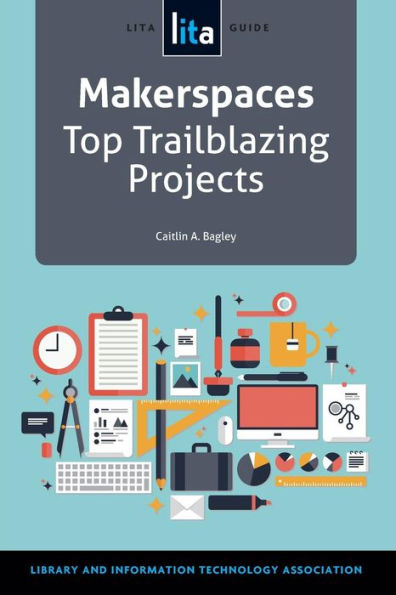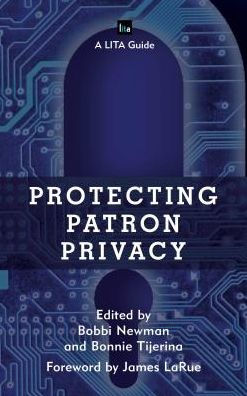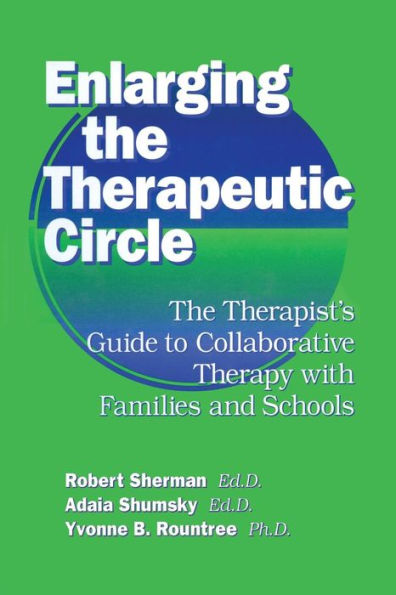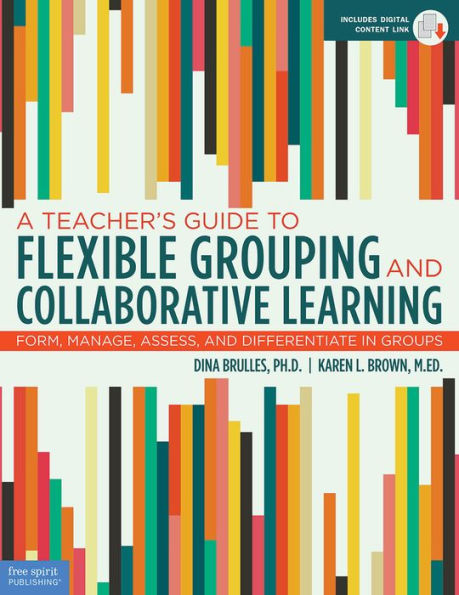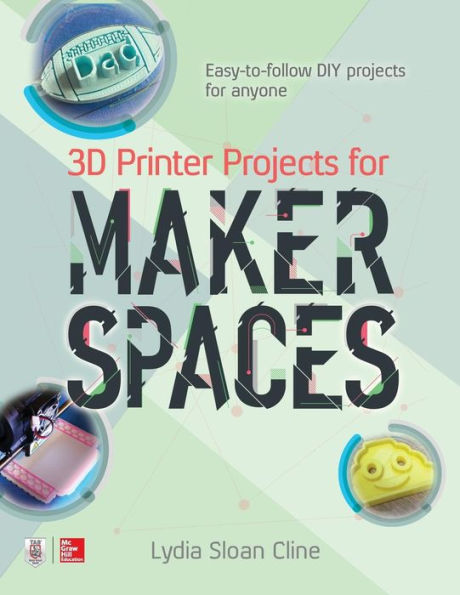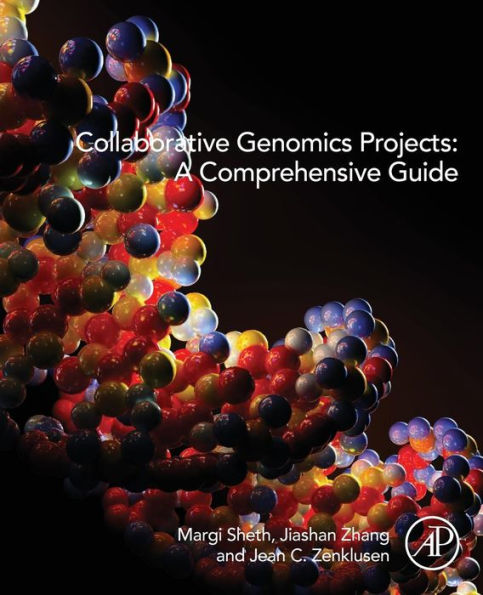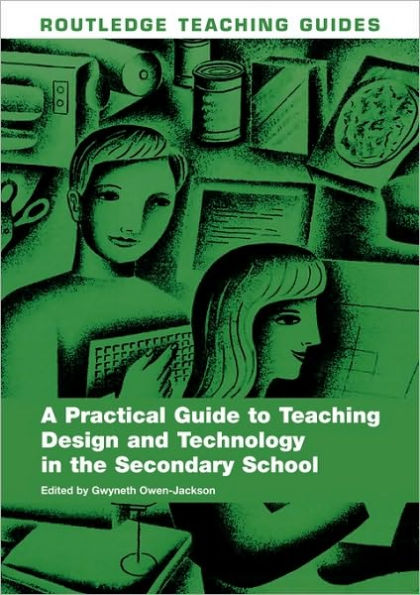Home
Makerspace and Collaborative Technologies: A LITA Guide
Barnes and Noble
Makerspace and Collaborative Technologies: A LITA Guide
Current price: $92.00


Barnes and Noble
Makerspace and Collaborative Technologies: A LITA Guide
Current price: $92.00
Size: Hardcover
Loading Inventory...
*Product information may vary - to confirm product availability, pricing, shipping and return information please contact Barnes and Noble
So, what are library patrons doing with makerspaces and other innovative technology? This book explores how patrons are using innovative technologies utilizing real-life case studies from a variety of academic institutions. Authors were selected based on the technology provided and their expertise in establishing and marketing this technology. Readers will discover:
Technologies discussed include:
Dive in to explore the uncharted seas of which technologies patrons are using, how they are using them, and the purposes of use. As added bonuses, authors include best practices on designing space, marketing the technology, and collaborating to enhance the use. While authors do not go into any depth on the workings of the technology, there are other supplementary books which will cover this area. Makerspace and Collaborative Technologies specifically looks at how and why patrons are using library-provided creative technologies. Library staff who work with creative technologies in any way, shape, or form will find this book useful. With the valuable information contained in this guide, libraries can reach their users and create spaces and interactions that keep them coming back.
- which pieces of technology get the most use
- if patrons tend to use the tech for class assignments or leisure activities
- the importance of working with faculty to increase use
- unusual collaboration opportunities
- examples of libraries nimbly expanding their spaces to include tech students need
- unique ways patrons employ the technology
- best practices for designing collaborative creative spaces
- Microsoft Hololens
- virtual reality and augmented reality systems and support tools
- 3D modeling and printing
- makerspace additions beyond the usual
- instructional technologies used by patrons
- video production and editing equipment
- tool library
- technology lending programs (what students want!)
